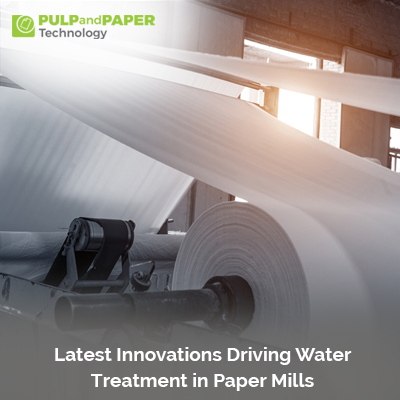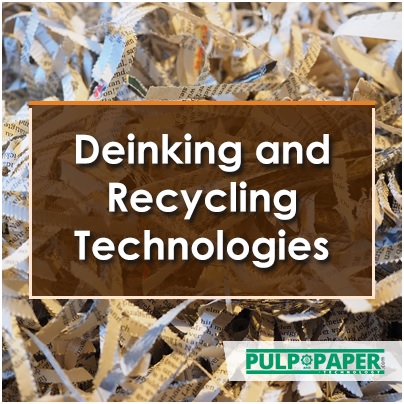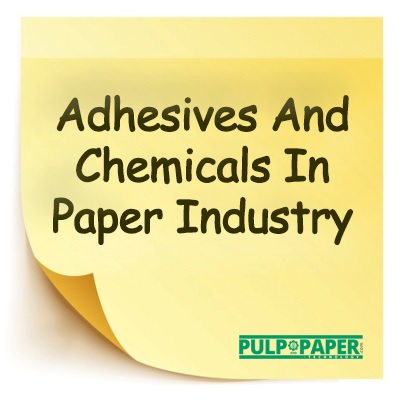Latest Innovations Driving Water Treatment in Paper Mills

Water plays a crucial role in the paper manufacturing process, serving as a medium for pulp production, bleaching, and various stages of papermaking. However, this reliance on water also poses environmental challenges, particularly regarding wastewater treatment and discharge. In recent years, paper mills have been embracing innovative technologies to enhance water treatment processes, improve efficiency, and reduce environmental impact. This article delves into the latest innovations driving water treatment in paper mills, highlighting key advancements, benefits, and future trends.
Advanced Filtration Systems
One of the significant advancements in water treatment for paper mills is the adoption of advanced filtration systems. Traditional methods often involve multiple stages of filtration, chemical treatments, and settling processes to remove impurities from wastewater. However, modern filtration technologies, such as membrane filtration and ultrafiltration, offer more efficient and sustainable solutions.
Membrane filtration systems utilize semi-permeable membranes to separate solids, dissolved substances, and microorganisms from water. This technology allows for finer filtration, producing cleaner effluent that meets stringent regulatory standards. Ultrafiltration, a subtype of membrane filtration, is particularly effective in removing suspended solids and colloidal particles, improving water clarity and quality.
Biological Treatment Processes
Another key innovation in water treatment for paper mills is the integration of biological treatment processes. Biological treatment involves the use of microorganisms to degrade organic compounds present in wastewater. Aerobic and anaerobic bioreactors are commonly used to facilitate biological degradation, breaking down pollutants into simpler, environmentally benign substances.
Aerobic bioreactors rely on oxygen to support microbial activity, promoting the oxidation of organic matter. This process reduces biochemical oxygen demand (BOD) and enhances the overall biodegradability of wastewater. On the other hand, anaerobic bioreactors operate in oxygen-free conditions, facilitating the conversion of organic compounds into methane and carbon dioxide. Anaerobic digestion not only treats wastewater but also generates biogas, a renewable energy source.
Advanced Oxidation Processes
Advanced oxidation processes (AOPs) have emerged as powerful tools in water treatment for paper mills, especially for addressing recalcitrant pollutants and color removal. AOPs involve the generation of highly reactive hydroxyl radicals, which oxidize organic contaminants into less harmful byproducts.
Common AOPs include ozonation, UV photolysis, and Fenton's reagent (hydrogen peroxide with iron catalyst).
Ozonation is particularly effective in breaking down complex organic molecules and improving biodegradability. UV photolysis harnesses ultraviolet light to generate hydroxyl radicals, targeting specific pollutants with high precision. Fenton's reagent, a chemical oxidation process, can degrade a wide range of organic compounds, including dyes and lignin derivatives commonly found in paper mill wastewater.
Green Chemistry Approaches
In line with sustainable practices, paper mills are increasingly adopting green chemistry approaches to water treatment. Green chemistry focuses on the design of environmentally friendly processes and products, minimizing waste generation and resource consumption. In the context of water treatment, green chemistry principles emphasize the use of biodegradable chemicals, renewable energy sources, and process optimization.
For example, green flocculants derived from natural polymers, such as chitosan and starch-based compounds, are replacing conventional synthetic flocculants in sedimentation processes. These bio-based flocculants are effective in aggregating suspended solids and improving solid-liquid separation efficiency. Additionally, renewable energy sources like solar and biomass energy are being integrated into water treatment systems to reduce carbon footprint and operational costs.
Real-time Monitoring and Control
Advancements in sensor technology and data analytics have revolutionized water treatment management in paper mills. Real-time monitoring systems allow operators to track key water quality parameters, such as pH, turbidity, chemical oxygen demand (COD), and nutrient levels, continuously. This data-driven approach enables proactive decision-making, early detection of anomalies, and optimization of treatment processes.
Automation and control systems play a crucial role in maintaining optimal performance and efficiency. Integrated control platforms can adjust treatment parameters, dosing rates, and equipment operations based on real-time data feedback. Furthermore, predictive analytics and machine learning algorithms are being deployed to forecast process outcomes, identify optimization opportunities, and minimize downtime.
Closed-loop Water Circuits
To reduce freshwater consumption and minimize wastewater discharge, paper mills are increasingly implementing closed-loop water circuits. Closed-loop systems recirculate treated water within the manufacturing process, reducing the demand for freshwater intake and mitigating environmental impact. Closed-loop systems are designed to maximize water reuse, employing advanced treatment technologies to maintain water quality and prevent contamination buildup.
By closing the water loop, paper mills not only conserve valuable freshwater resources but also reduce wastewater volume and associated treatment costs. However, effective implementation requires robust monitoring, maintenance, and periodic system audits to ensure water quality standards are met consistently.
Nanotechnology Applications
Nanotechnology has opened new avenues for water treatment innovation in paper mills, offering precise and efficient removal of contaminants at the nanoscale level. Nanomaterials, such as nanoparticles and nanocomposites, exhibit unique physicochemical properties that enhance adsorption, catalysis, and membrane performance.
Nano-enabled water treatment solutions include nanofiltration membranes for selective ion removal, photocatalytic nanoparticles for pollutant degradation, and nanocomposite adsorbents for heavy metal removal. These nanotechnologies improve treatment efficiency, reduce chemical consumption, and enable targeted removal of specific pollutants, contributing to sustainable water management practices.
Integration of IoT and AI
The integration of Internet of Things (IoT) devices and artificial intelligence (AI) algorithms is driving predictive maintenance, energy optimization, and operational efficiency in water treatment systems for paper mills. IoT sensors collect real-time data on equipment performance, water quality parameters, and environmental conditions, enabling remote monitoring and predictive analytics.
AI algorithms process large datasets to identify patterns, anomalies, and optimization opportunities. Machine learning models can predict equipment failures, optimize chemical dosing, and recommend process adjustments for optimal performance. This data-driven approach enhances reliability, reduces downtime, and supports continuous improvement initiatives in water treatment operations.
Future Trends and Outlook
Looking ahead, the water treatment landscape in paper mills is poised for further innovation and sustainability-driven solutions. Future trends include the development of advanced biodegradable polymers for flocculation, the integration of decentralized treatment systems for resilience and resource efficiency, and the exploration of emerging technologies like electrocoagulation and forward osmosis.
Moreover, collaboration across industry sectors, research institutions, and regulatory bodies will foster knowledge sharing, technology transfer, and best practices in water treatment. Sustainable water management practices, coupled with technological advancements, will play a pivotal role in ensuring the long-term environmental viability and operational excellence of paper mills worldwide.
Conclusion
The latest innovations driving water treatment in paper mills reflect a shift towards sustainable practices, technological integration, and regulatory compliance. Advanced filtration systems, biological treatment processes, AOPs, green chemistry approaches, real-time monitoring, closed-loop water circuits, nanotechnology applications, and IoT-enabled solutions are transforming water treatment operations, enhancing efficiency, and reducing environmental footprint.
As paper mills continue to embrace innovation and collaboration, the future of water treatment holds promise for increased resource efficiency, minimized environmental impact, and sustainable growth in the paper manufacturing industry. By leveraging cutting-edge technologies and best practices, paper mills can achieve operational excellence while safeguarding water resources for future generations.









